Acknowledgements:
This species page was produced as part of the project 'Expanding the scope of African Digital Plant Resources' funded by the World Collections Programme.
Editor:
Javier A Luna, Mark A. Carine, Sebsebe Demissew
Flowers:
Male flowers: pedicel 0.5 mm long. Sepals 4, unequal, two outer segments oblong, 2.5 x 1 mm, two inner segments elliptic, 2 x 0.6 mm. Corolla greenish yellow, 7 mm long, tube 4.5 mm long, 4-lobed. Stamens 4, slightly unequal, two 4 mm long, and two 3 mm long; anthers 1.5 – 1.7 mm long. Pistillode with 2 styles c. 6 mm long each with branched stigma lobes.
Female flowers: Pedicel 10 – 15 mm long, elongating to 22 mm long in fruit. Sepals 4, unequal, two outer segments fused to form a circular cup, whitish cream or yellowish green, glabrous, 14 – 18 mm wide and 10 mm deep, conspicuously reticulately veined; two inner segments small, obovate, 0.6 – 1 x 0.8 – 1.3 mm. Fruiting calyx segments usually fused for more than two thirds of their length on the sides, 10 – 35 mm wide and 10 – 13 mm deep, attached to the pedicel on top or fused for 1 – 2 mm, rarely 4 mm, 10 – 13 mm deep; two inner segments, suborbicular, 0.7 – 1 x 0.5 – 1 mm. Corolla 6 – 7.5 mm long, tube 3 – 4 mm long, 4-lobed, each lobe 3 – 4 x 2.5 mm, sparingly pilose on the outside or only at tips. Ovary 2-locular, with 2 ovules in each locule. Styles 2, free, 2.5 – 3.5 mm long with branched stigmas. Staminodes 4, dilated at the base, two 4.5 mm long, and two c. 3.5 mm long.
Fruits:
Capsule globose to ovoid, 4 - 6 mm long, 4-valved, 2 – 4-seeded.
Habit:
Erect shrub up to 2.5 m high. Branches grey to dark brown, glabrous in older parts, pubescent when young.
Inflorescences:
Flowers solitary or fasciculate, 2 or 3 together on short pubescent lateral shoots.
Accepted name/Authority/Place of publication:
Hildebrantia aloysii (Chiov.) Sebsebe comb. nov. in Kew Bull. 51(3): 525–541 (1996)
Leaves:
Solitary or fasciculate, 2 – 5 together on short pubescent shoots; lamina obovate, 4 – 20 x 3 – 12 mm, rounded, shallowly to deeply emarginate at the apex, cuneate at the base, glabrous to puberulous when young; 2 – 3 lateral veins; petiole 1 – 4 mm long.
Seeds:
Ovoid-trigonous, dark brown, minutely reticulate, 3 x 2.5 mm.
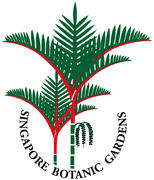
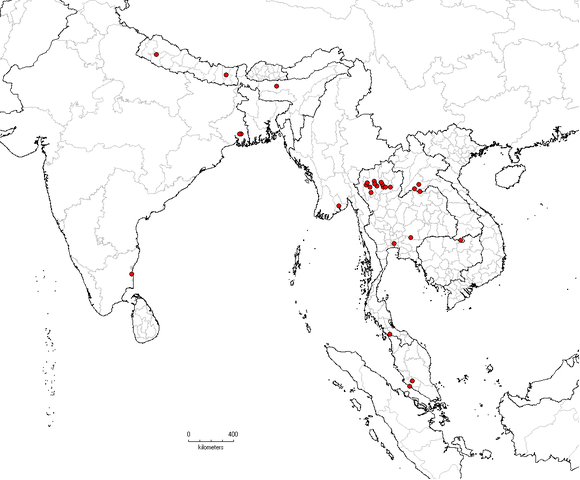


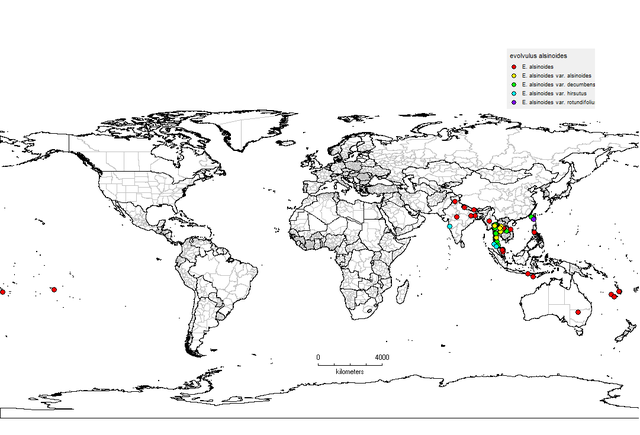



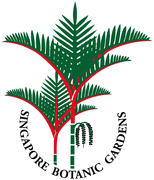
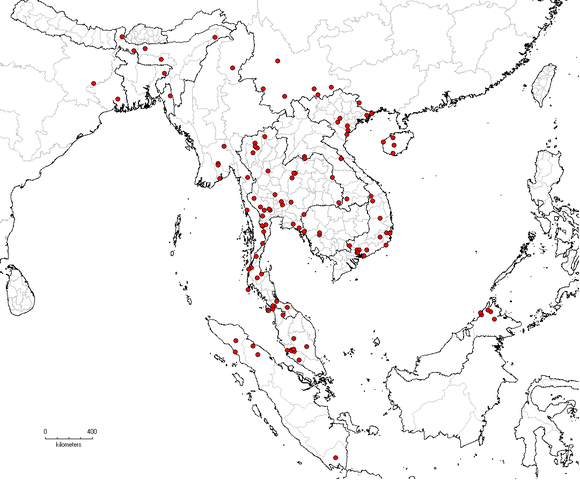




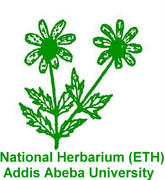








Argyreia capitiformis thrives in disturbed habitats and has no doubt benefited from human activity that has opened open native forests for agriculture and development.